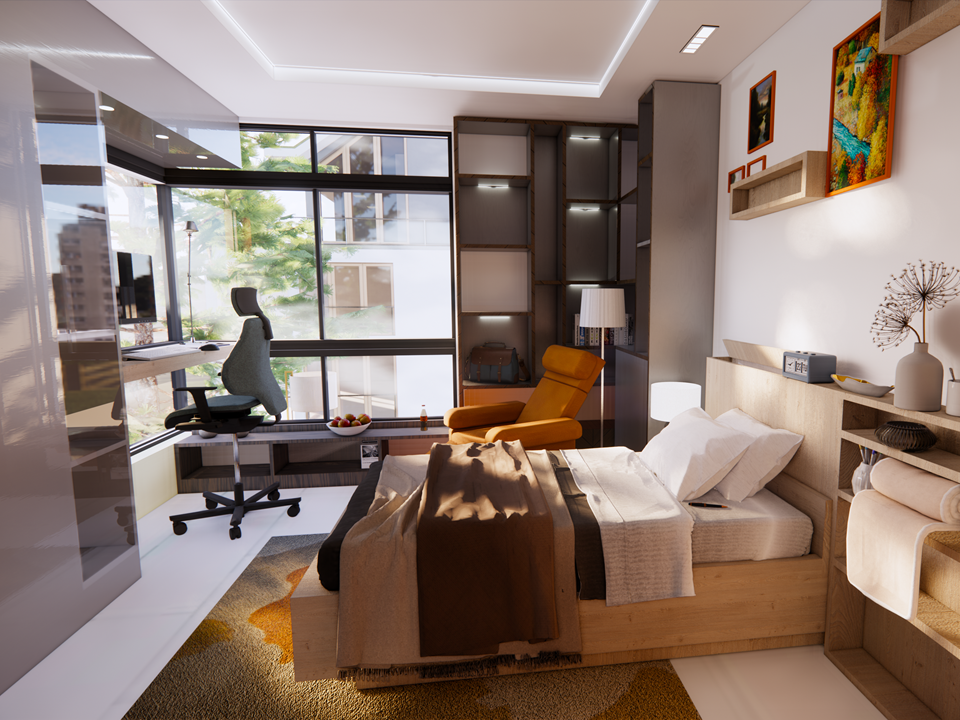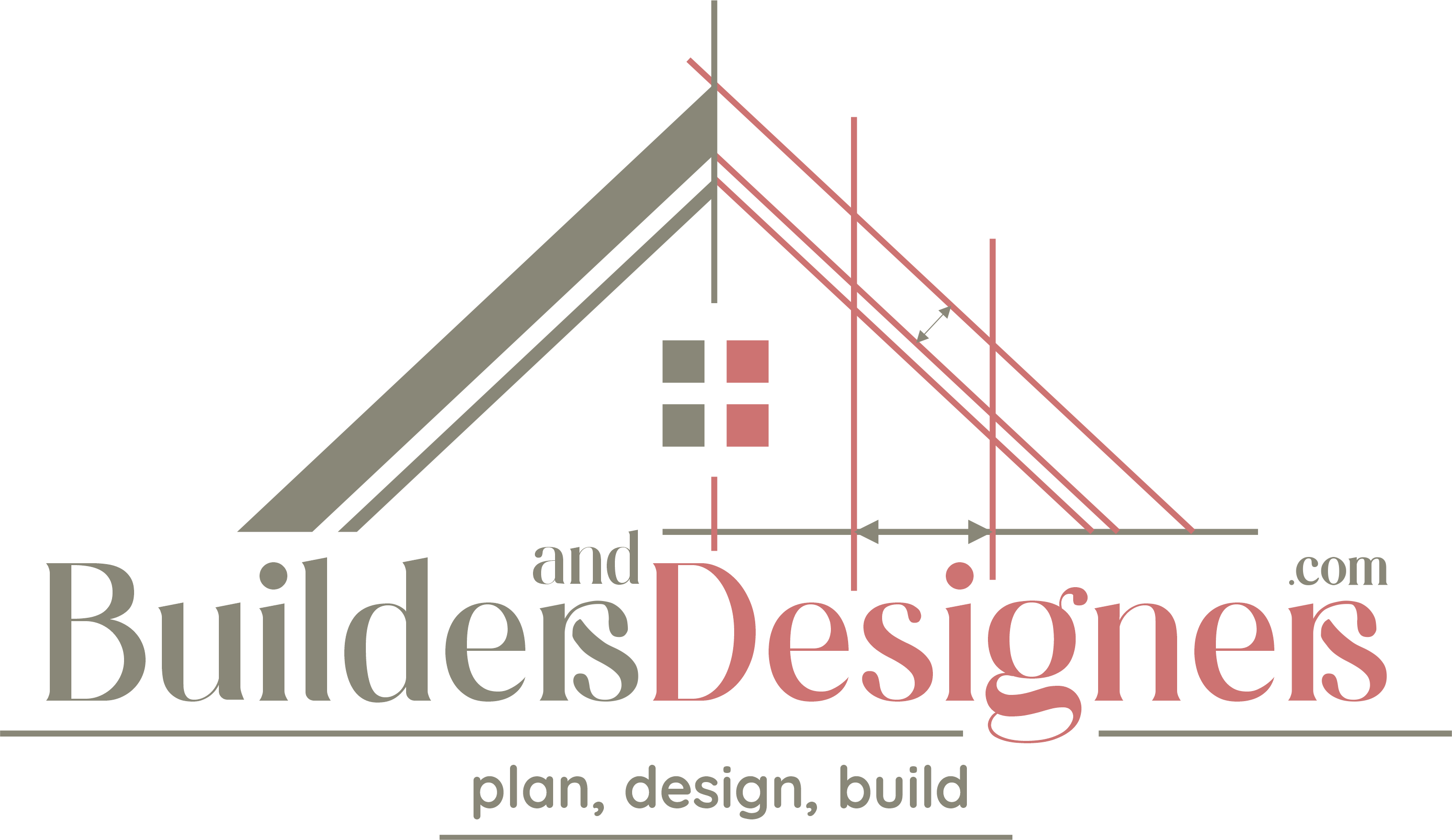Building Planning

“Build a Better World: Master Building Planning”
- Residential Buildings
- Commercial Buildings
- Vaastu
- Preparing Blueprints
Interior Design

“Creating Comfort, Crafting Style: Discover Interior Design”
- Residential Buildings
- Commercial Buildings
- Space Saving
- Different types and styles
Elevation Design

“Designs That Rise Above the Rest: Learn Elevation Design”
- Residential Buildings
- Commercial Buildings
- Less height
- High Rize Buildings
AutoCAD

“Transform Your Ideas into Designs: Discover AutoCAD”
- create and edit 2D drawings
- create and manage layers, text, dimensions, and blocks
- customize the software interface, automate tasks using macros and scripts, and troubleshoot common issues
Revit

“Designing Smarter, Not Harder: Explore Revit”
- create and manage a building project using Revit’s BIM tools etc
- annotate your Revit models with text, dimensions, and tags
- create schedules and legends
- create parametric families
- Documentation
CYPE

“Advanced Structural Analysis Made Simple: Master CYPE”
- Residential and commercial structures modelling, analysis, design and documentation
- seismic analysis and design, wind load analysis, and dynamic analysis for structures
Etabs & SAFE

“Design Better Structures & Foundations: Learn ETABS & SAFE”
- create a structural model of a building
- defining geometry, assigning materials, and defining loads and load combinations.
- perform static and dynamic analysis
- for reinforced concrete and steel structures,
- BIM standards such as IFC and OpenBIM.
Structural Detailing

“Building the Backbone of Construction: Study Structural Detailing”
- read and interpret architectural and engineering drawings
- compliant with building codes and regulations.
- Residential and commercial structures modelling, analysis, design and documentation
- seismic analysis and design, wind load analysis, and dynamic analysis for structures
Estimation & BoQ

“Transforming Designs into Accurate Cost Estimates“
- read and interpret construction drawings and specifications
- calculate unit costs for each item, using techniques such as rate analysis and market surveys
- creating a detailed schedule of materials, labor, and equipment, using estimating software and tools.
